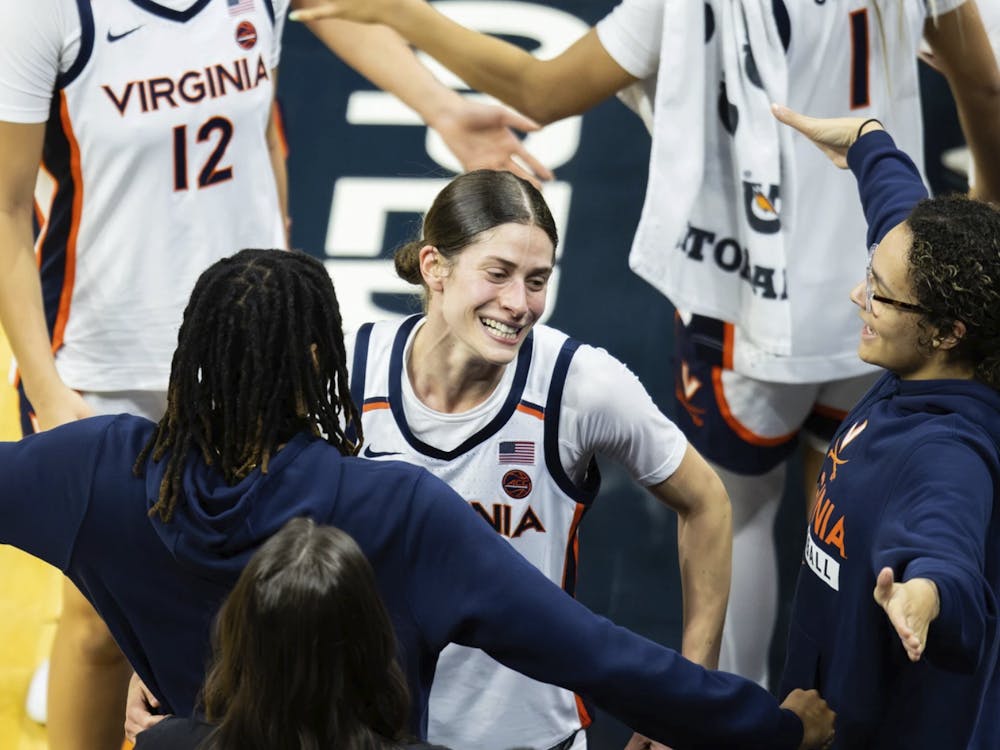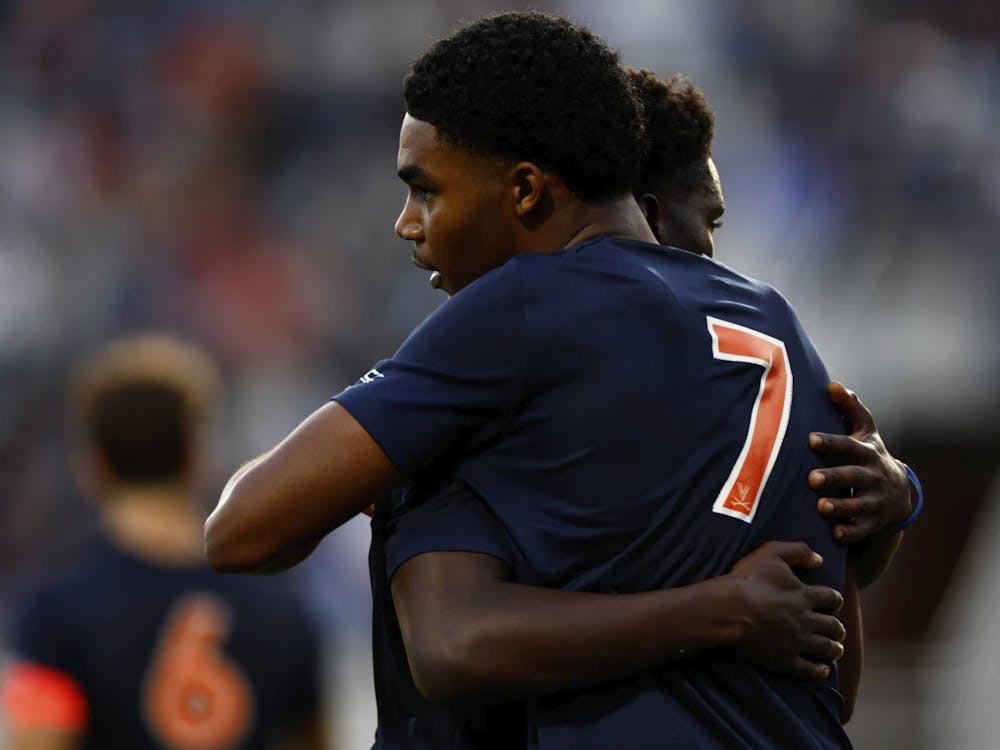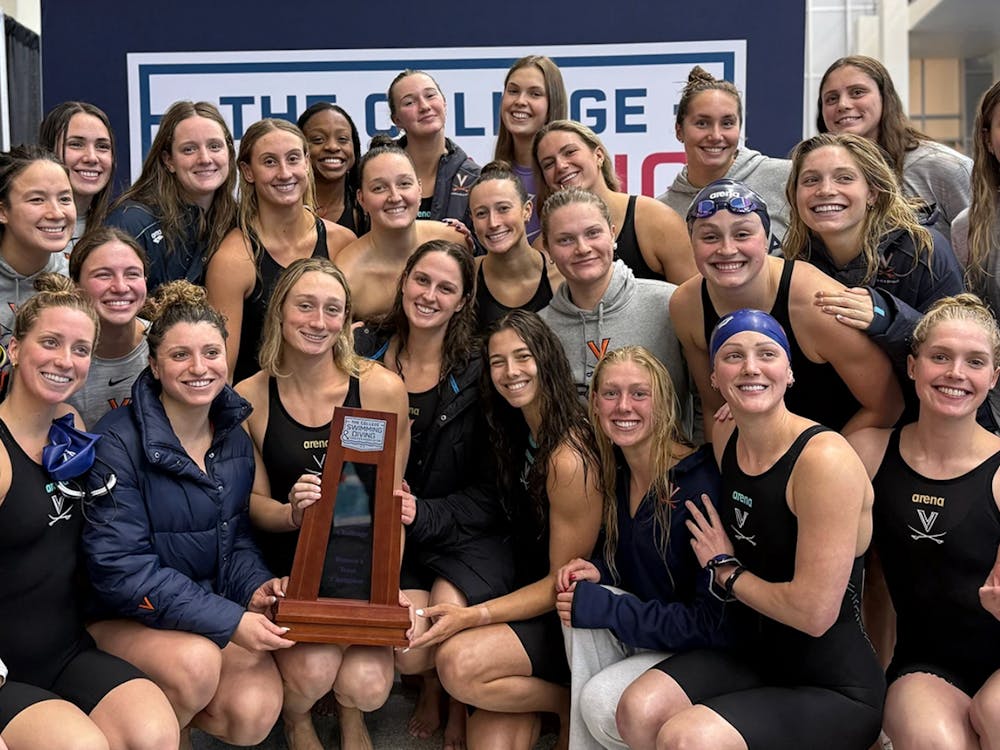I was reading this week's copy of Sports Illustrated, and just like writers from many other sports media outlets, SI writer Luke Winn has already made his predictions for next year's NCAA basketball season. It seems strange to do this just days after this season ended, but nevertheless, looking 365 days down the road has become a sports tradition in recent years. And, even more unusual than choosing next year's top 10 was the sentence that prefaced the rankings: "Assuming Memphis's Derrick Rose and Chris Douglas-Roberts, Kansas State's Michael Beasley and Bill Walker, UCLA's Kevin Love and Darren Collison, Kansas' Brandon Rush and Darrell Arthur, USC's O.J. Mayo and Texas' D.J. Augustin all turn pro..."
This is both a humorous line and a serious one because in all likelihood all of these guys will be gone from the college scene next year. It is nearly impossible to make any sort of long-ranging predictions these days when players can declare for the National Basketball Association Draft after just one season at school. This brings me to my point: When college players can leave school just as quickly as professional players change teams because of free agency, the chances of seeing another dynasty in college basketball are slim.
I'm going to define dynasty as three consecutive championships or more, which isn't saying much considering UCLA -- a true basketball dynasty -- won seven consecutive titles from 1967-73 after also winning in 1964 and 1965. (In other words, coach John Wooden's squads won nine titles in 10 years.)
Winn named 10 of the best players in the nation, none of whom are seniors, but all of whom would have a great impact on their team next year if they stayed. Their probable departure for the pros, however, will surely hurt their team's chances next year, which is why what Wooden -- "the Wizard of Westwood" -- was able to do what will never happen again. Winning that many titles is a rarity for any sport, but it's also unlikely that any college team will even three-peat again because of such high levels of player turnover. With each superstar athlete who leaves school early, colleges' chances of "building for the future" get flushed away.
Memphis could have built a national powerhouse around Rose and Douglas-Roberts, as the Tigers seemingly have Conference USA wrapped around their paws every season and proved their worth by advancing to the national title game this year. Coach John Calipari was named the Naismith Coach of the Year this season, and the Tigers are only graduating two players while bringing in two top-50 recruits, according to Rivals.com. But, if these two stars leave, Calipari will have to piece together a winning puzzle all over again. The same goes for the UCLA Bruins, who are graduating two players and bringing in three top-50 recruits (as well as Rivals' No. 51), but are losing two focal points of their offense if Love and Collison leave. I could go on and on doing this, but you get the point -- chemistry and long-term winning potential are hard to establish if rosters don't carry over year to year, no matter what school we're talking about.
Arguably the biggest example of why dynasties are a lost cause happened this season, thinking about "what could have been" down in Gainesville. The University of Florida was so close to a becoming a "dynasty team," as the Gators won back-to-back titles in 2006 and 2007; additionally, they could have returned Corey Brewer, Taurean Green, Al Horford and Joakim Noah this year. But, all four would-be seniors declared for the NBA Draft, and this year the star-less Gators didn't even make the NCAA Tournament.
Think about it: If four teammates give up the chance to three-peat and complete their senior seasons in favor of going pro, do you really think any freshmen phenoms would stick around? The Florida guys had all the reasons in the world to stay in school and they left; freshmen have little to no incentive to forego the big bucks, so why would they?
Parity is a good thing in college sports if you like seeing everyone get a little piece of history, but dynasty teams that prove sheer dominance are simply awe-inspiring. The shame of it all is that building a powerhouse doesn't have to be this hard. Under-the-radar schools and teams that live in relative obscurity can make runs at being dynasties seemingly overnight, if they can get a few consecutive solid recruiting classes and can convince kids to stay in school. For instance, Kansas State is perennially buried beneath Big XII powers Kansas and Texas, but if Beasley and Walker would hang around and fully gel with the other five players who formed their incredible seven-freshmen recruiting class, the Wildcats could definitely make a run at a few titles. Alas, this probably won't happen at K-State or any other school, and coming up short of three consecutive championships is a theme we will be seeing a lot of in years to come ... that is, if anyone can even win two in a row.






